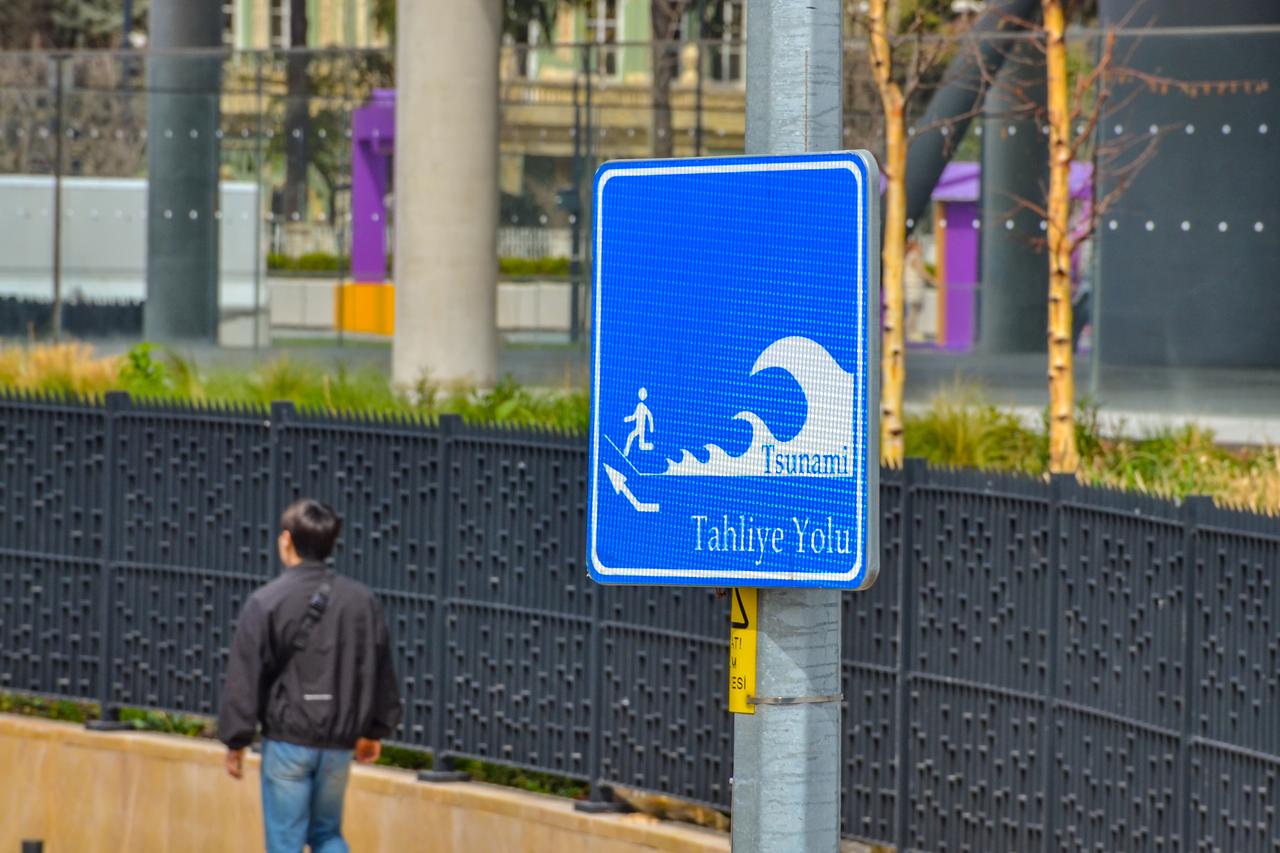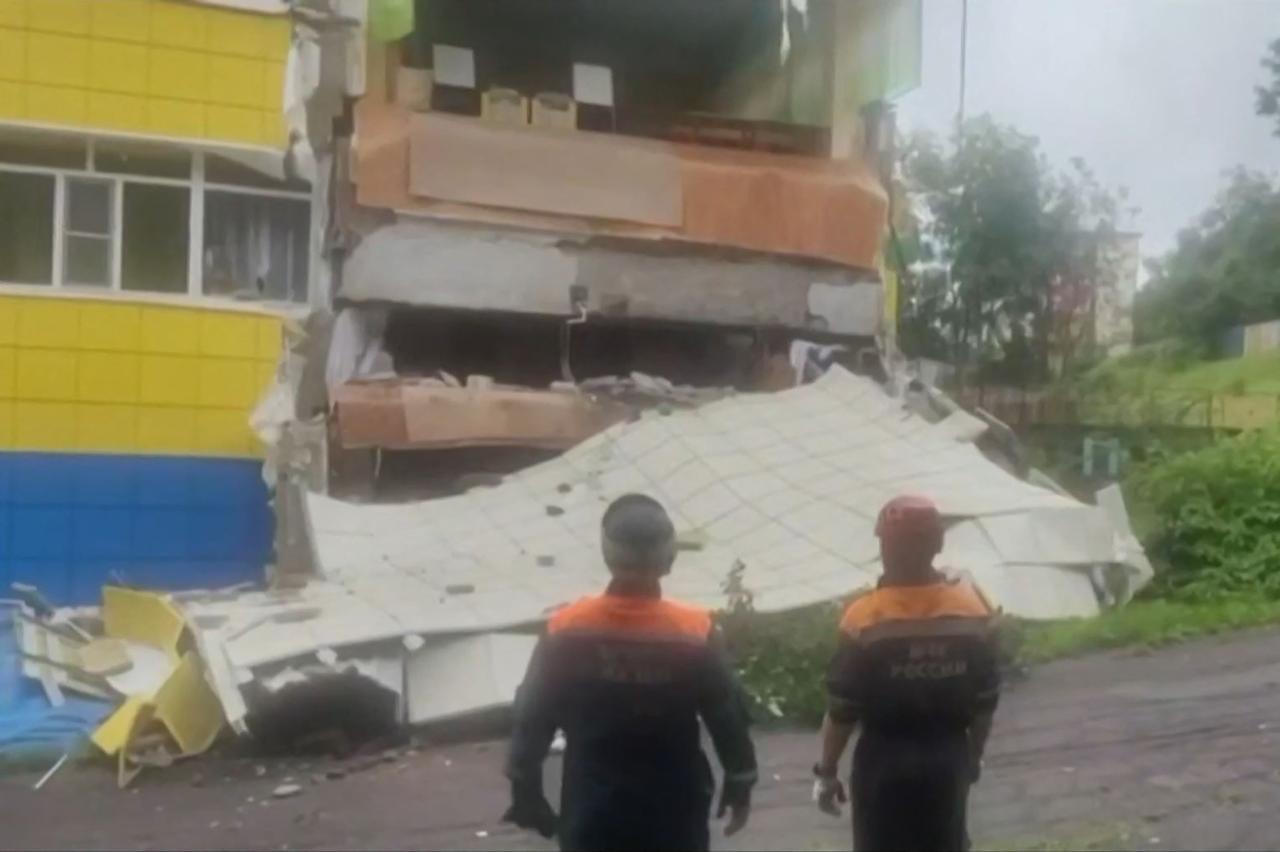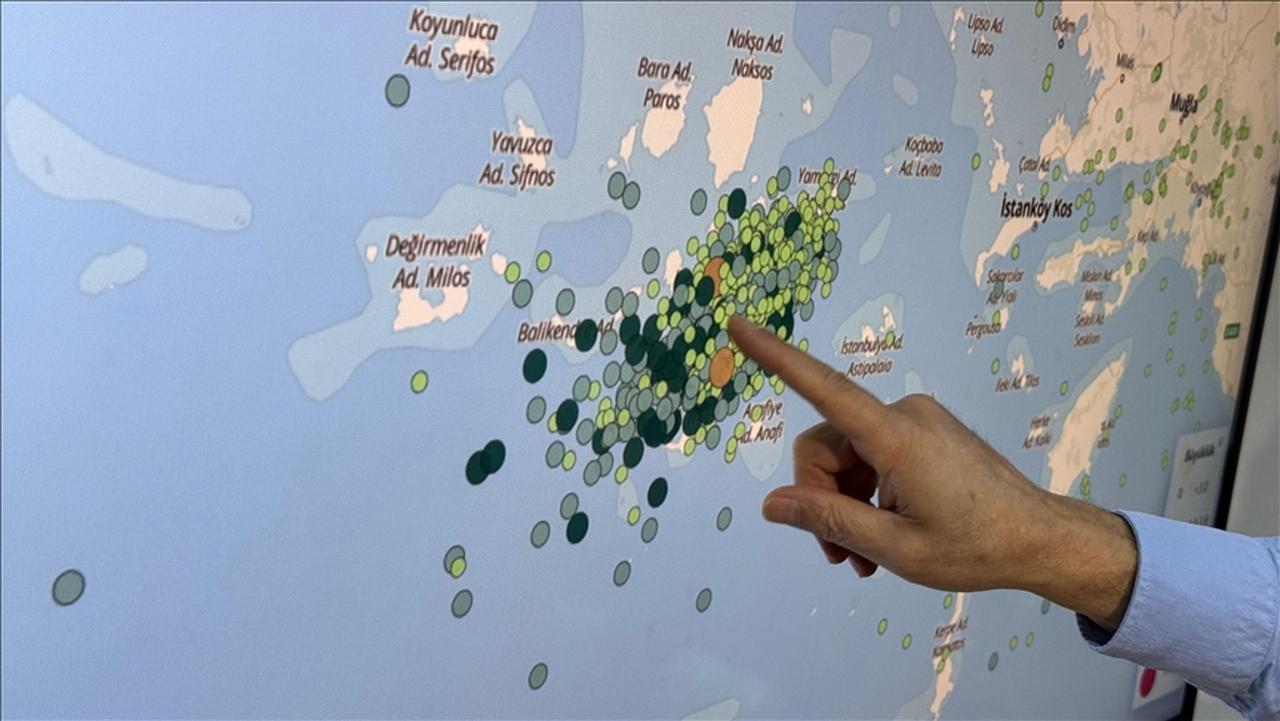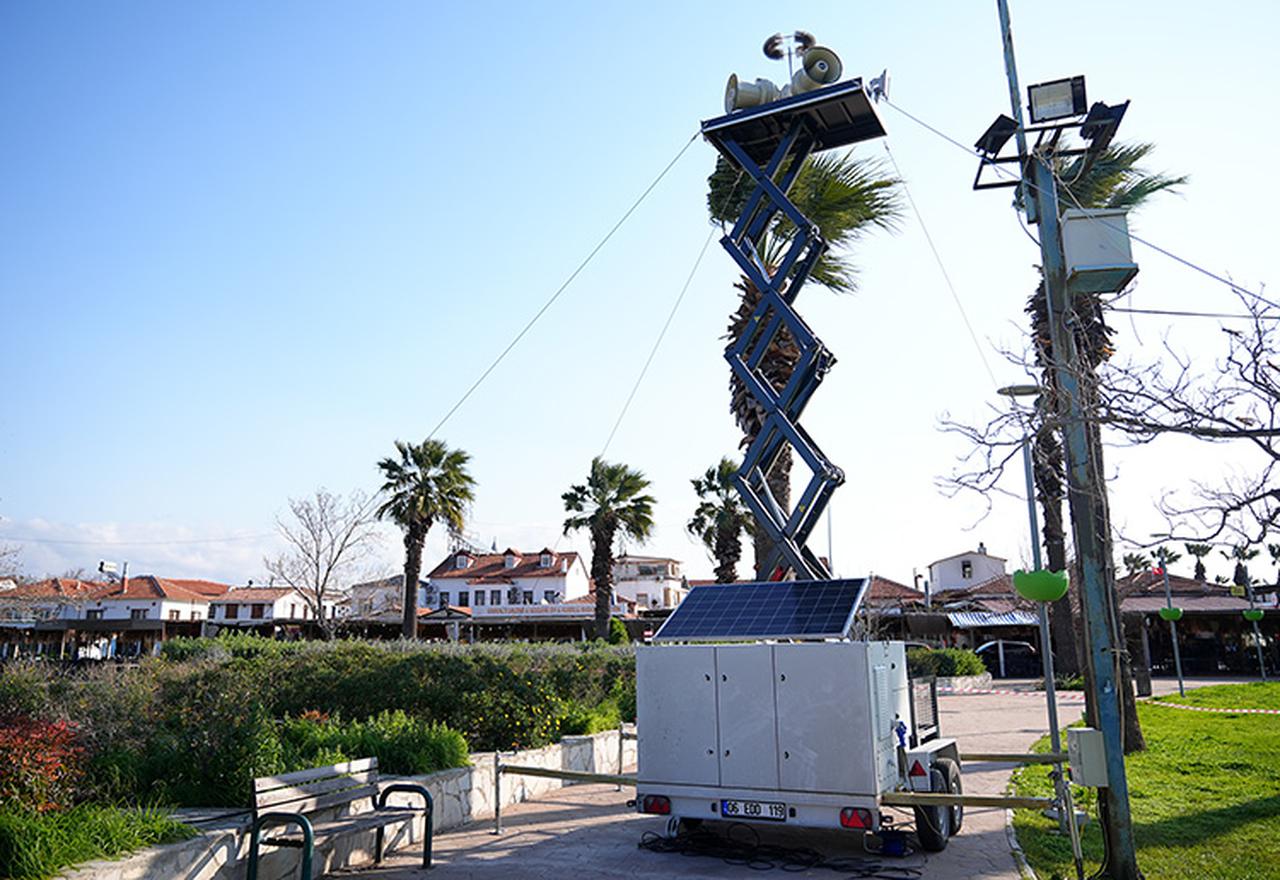
Türkiye’s scenic 8,300‑kilometer (5157.38-mile) coastline, stretching from the Black Sea through the Aegean to the Eastern Mediterranean, masks a dramatic truth beneath its waves: a legacy of seismic turbulence and tsunami risk.
Over the past 3,000 years, more than 90 tsunami events have struck Türkiye’s shores, with coastlines along the Marmara, Aegean, and Eastern Mediterranean seas classified as active hazard zones, underwater landslides, and recent seismic movements.
On July 20, 2025, a magnitude 7.4 earthquake, followed by multiple aftershocks, struck about 140 kilometers off Petropavlovsk‑Kamchatsky at a shallow depth of around 10 kilometers. Initial tsunami warnings were issued for both Kamchatka and Hawaii, though they were later lifted. Waves up to 60 centimeters were expected to impact local districts, including Petropavlovsk‑Kamchatsky, before the threat subsided.

Just 10 days later, a far stronger magnitude 8.8 quake struck off Kamchatka on July 30, 2025, generating tsunami waves up to 5 meters along remote Russian shores. Evacuations spanned from Russia’s Kuril Islands to Hawaii, Japan, and parts of western North America. The event was one of the strongest earthquakes ever recorded in the area.
Turkish seismologists at Bogazici University’s Kandilli Observatory (KRDAE) warn that a magnitude 7.0–7.7 thrust-fault earthquake off Crete Island could send tsunami waves racing toward Izmir, Aydin and Mugla, arriving in about one hour after rupture.

The Aegean Sea, straddled by the Hellenic subduction zone and normal faults, has repeatedly borne small- to moderate-scale tsunamis: the 2017 Bodrum–Kos (Mw 6.6) event induced run-ups up to 1.9 meters, while the 2020 Samos‑Izmir (Mw 7.0) earthquake generated waves between 3.8 meters and 5.6 meters, causing coastal flooding within minutes.
As an example, on Oct. 30, 2020, a magnitude 6.9 earthquake struck between the north of Samos Island and the Doganbey-Izmir coast in the Aegean Sea. This quake triggered a tsunami that particularly affected Seferihisar and Urla. In Seferihisar’s Sıgacık neighborhood, one person lost their life, and numerous buildings, marinas, and boats sustained damage.
